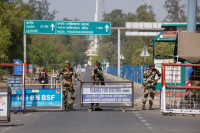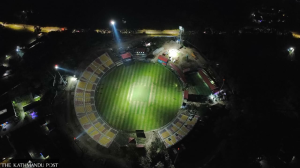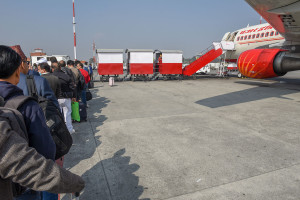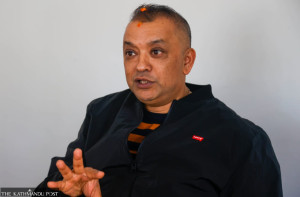Opinion
Art and liberal education
The motif of this article is propelled by two contexts. I am using ‘motif’ for the subject from the register of language used in art reviews.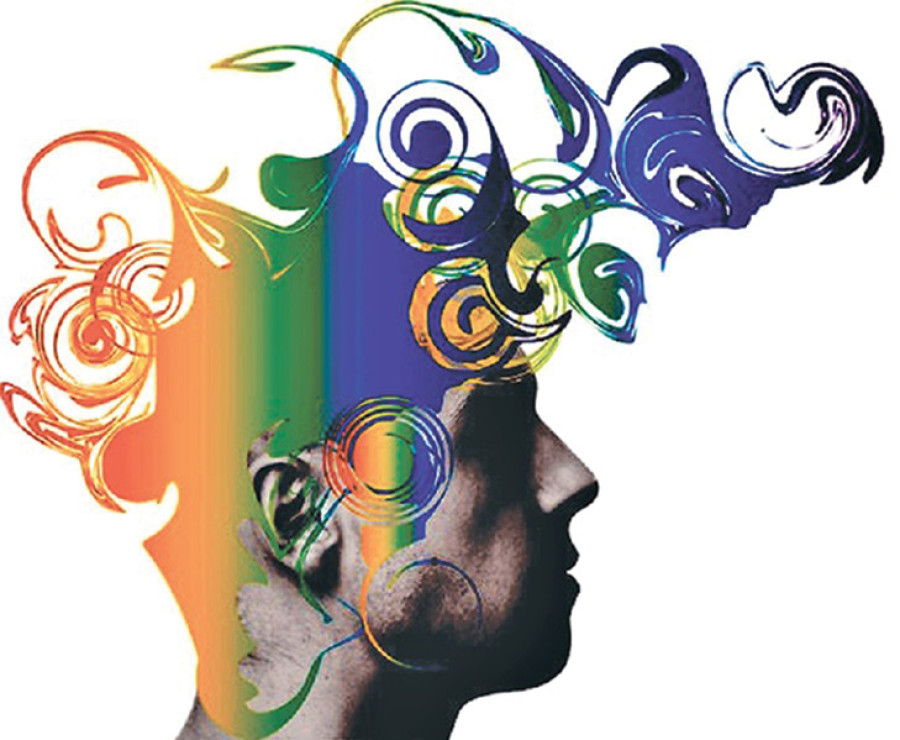
The motif of this article is propelled by two contexts. I am using ‘motif’ for the subject from the register of language used in art reviews. The first is a paper that I just sent to a journal for its French edition, at the invitation of the editors, on the subject of the education of Nepali painters and sculptors in France and India. The French training of artists like Lain Singh Bangdel and Laxman Shrestha naturally chimes with the French edition. And as the journal originates from an old cultural centre in India, the apprenticeship of the majority of the Nepali artists in different institutes and universities in India naturally forms the content.
The other context is the ongoing international triennale of art organised by the Siddhartha Art Foundation, which has already begun with talks by artists from Europe and Nepal. There will be a massive and widely distributed exhibition of art works using different media and forms, from the paintings on canvases to the installations using tactile, sonic and filmic forms. The tremendous interplay of the mediums, colours, light and, above all, the spaces as in the past two such global festivals—Kathmandu International Art Festivals in 2009 and 2012—attracted artists from as far as Latin America, Europe and various countries of Asia. The triennale this time will be a great creative event in the Kathmandu metropolis. The Siddhartha Art Foundation has published the programme of the triennale starting from March 24 and closing on April 9. A series of brilliant art discourses by artists and scholars is underway.
A theatrical spirit
An art event of this magnitude raises some questions. Do such festivals leave any permanent impact on contemporary Nepal’s art activities and practices? Do Nepali pedagogic institutions establish any kind of link with the artists and art scholars who come to participate in the festivals? Have the Nepali artists benefitted from associations of this nature? And finally, does the Siddhartha Art Foundation itself have any plans to accentuate the gains of the festivals it organises? One visual document of the second festival is a calendar with uniquely printed pages showing different forms and styles of art exhibited at the month-long festival. The festival’s achievement was seen in the meeting of younger artists.
I remember with a certain dramatic rush of feelings the occasion of the opening of the second art festival at Yak and Yeti. As the then prime minister Baburam Bhattarai failed to show up to do the ritual, Sangeeta Thapa, the force behind these festivals, called me up to go ahead and give the inaugural speech. Though I was the wrong person to substitute Bhattarai, who believes in the Maoist perception of arts, I promptly complied with her suggestion and spoke about the features of the art festival. Perhaps being a theatre person, I take such minuscule events that happen to me with a theatrical spirit.
Living in confusing times
In one other theatrical event, the Nepal Academy of Fine Arts gave me a plaque in April 2014 calling me “former prime minister of Nepal”, alongside the chief guest Madhab Kumar Nepal, for commenting on its publication, an important book entitled “Nepali Painting: A Critical Analysis” written by my erstwhile student Yam Prasad Sharma. A dramatic sense of Commedia dell’arte pervades such activities. You quietly, even vociferously or emotionally, become part of the rituals that surround you. The source of my theatrical episodes is my close association with Nepali arts and the scholarship connected with them.
But speaking about the triennale, the rituals that happen around us for a month are of great significance. Do they become part of our activities? The answer is, they are not part and parcel of our art activities. One other point should be mentioned in this context. The mood of the country now is dominated by politics and the catch-22 situation that we are all experiencing as a matter of living in confusing times. If you ask people if they have seen any art exhibitions or if they have been attending any cultural shows and creative events, very few will say yes. But the reality of art is that it functions even in moments of crisis and indifference. However, one thing consoles us. A young generation of art lovers and enthusiasts are working earnestly to create an atmosphere of change and of positive and creative thinking.
Growing apathy
For lack of space, I cannot repeat what I wrote for the French issue of the cultural journal. But while writing that article, I had a revelation—that Nepali liberal education was a “pilgrim’s progress” for those who wanted to receive it. Lain Singh Bangdel’s journey to Paris without any place to stay and study, and his successful art apprenticeship, is a pioneering example of how the learners acquired a liberal education by their own efforts. Artist Laxman Shrestha’s story about his struggle in Paris is another example. Almost all the artists were responding to their inner call. They were guided then by what Fareed Zakaria, in his book advocating the power and need of a liberal education today, calls a desire to broaden themselves, because “one of the enduring benefits of a liberal education is that it broadens us.” While writing, I was moved to read about the Nepali artists’ struggle for education outside, mainly because there were no institutions here to teach what they wanted to learn.
Today, higher education in art is available in Nepal. But problems of good education and required facilities remain. There is growing apathy towards liberal education in the world. It is being taken over by technical education, which is accessible, professionally rewarding and fashionable. It is a matter of concern everywhere, but in Nepal liberal education has already come under threat. First, the stakeholders do not want to assist such education. Second, the custodians are not prepared to improve it. Three cheers for those who organise big art events and those who struggle to pursue art education!




 11.12°C Kathmandu
11.12°C Kathmandu



